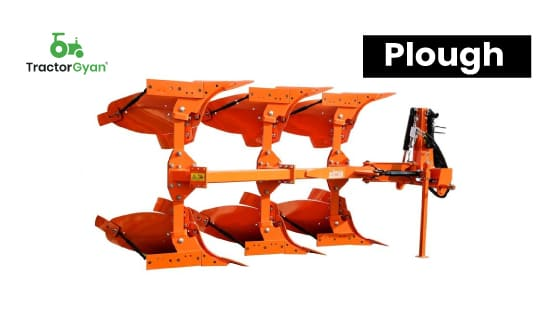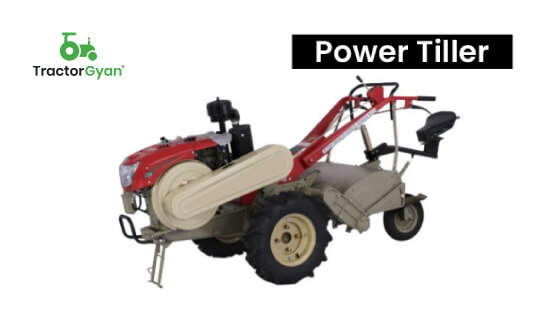Mastering Your Fields: The Ultimate Guide to Ploughing
In the world of farming, ploughing is a fundamental and essential practice. It's like the ABCs of agriculture, the very first step towards a successful harvest. If you're new to farming or need a refresher on ploughing, you've come to the right place. In this guide, we'll break down everything you need to know about ploughing in easy words.
What is Ploughing?
Ploughing is the process of turning over the soil to prepare it for planting crops. Think of it as giving your soil a good, thorough makeover. This is done using a plough, which is a farming tool designed for this specific task.
Why Ploughing Matters?
Ploughing is essential for several reasons:
- Weed Control: Ploughing buries weeds and their seeds, preventing them from competing with your crops.
- Aeration: It helps loosen the soil, allowing air and water to penetrate deep. This is crucial for root growth.
- Incorporating Organic Matter: Ploughing mixes in crop residues and organic matter, which enriches the soil.
- Pest Control: Some pests hide in the top layers of soil. Turning the soil disrupts their habitats.
- Seedbed Preparation: It creates a well-prepared seedbed where you can plant your crops.
How to Plough?
Here's a basic step-by-step guide to ploughing:
- Select the Right Plough: Choose a plough suitable for your soil type and tractor.
- Set the Plough Depth: Adjust the plough's depth according to your needs. Deeper ploughing buries more weed seeds.
- Start Ploughing: Attach the plough to your tractor and begin ploughing in straight lines. Overlap slightly to ensure even coverage.
- Turn the Soil: The plough will turn over the soil, bringing fresh soil to the surface.
- Repeat if Necessary: Depending on your soil condition, you might need to make more than one pass.
Types of Ploughs
There are various types of ploughs, including moldboard ploughs, disc ploughs, and chisel ploughs. Each has its unique features, and the choice depends on your specific needs.
Benefits of Ploughing
Proper ploughing:
- Enhances soil structure.
- Improves water retention.
- Reduces soil erosion.
- Promotes better root growth.
- Increases crop yields.
Conclusion
Ploughing may seem like simple work, but it's the foundation of successful farming. By mastering the art of ploughing, you're setting the stage for a bountiful harvest. Remember to choose the right plough, adjust the depth as needed, and follow the basic steps. Your crops will thank you with healthy growth and abundant yields. Happy ploughing!


Comments
Post a Comment